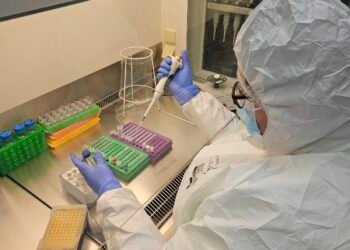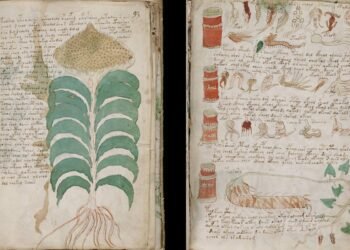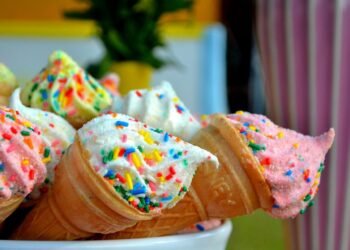Historians have, for centuries, assumed that the ancient Egyptian pyramids were built as great tombs only for the elite and powerful. New research at the ancient archaeological site of Tombos, in modern-day Sudan, however, suggests this conventional assumption may not be entirely accurate. A new study published in the Journal of Anthropological Archaeology reveals that lower-status laborers were also buried in pyramid tombs alongside the elite, contrary to what has long been assumed about social stratification in ancient burial practices.

Located along the Nile River, Tombos was an important place in the ancient Nubian region. Egypt conquered the area around 1400 BCE and established Tombos as a colonial settlement to exert control over Nubia. Wealthy individuals were typically buried in pyramid tombs, but on a smaller scale than the gigantic pyramids at Giza. A recent reevaluation of 110 human skeletons at the site has shed some unexpected light on the composition of individuals interred within these monuments.
Archaeologists examined the entheseal changes within the bones—alterations where the ligaments and tendons attach to bone, and which frequently indicate levels of physical labor. According to the study, individuals with little entheseal wear were likely elite members of society who performed minimal physical work. In contrast, many skeletons with extensive entheseal changes, indicative of heavy work, were also buried within pyramid tombs. These findings suggest pyramids were not exclusively reserved for elites.
“We can no longer assume that individuals buried in grandiose [pyramid] tombs are the elite,” the authors wrote in the study. “Indeed, the hardest-working members of the communities are associated with the most visible monuments.”

The study proposes various possible explanations for why laborers were buried alongside the elite. One possibility is that colonizing administrators insisted on imposing the hierarchical social form even in burial, arranging the sacred cemetery landscape to reflect their control. Another possibility is that lower-strata individuals wished to be buried in pyramid tombs to gain status, magical protection, and inclusion in the elite employer’s funerary cult.
Study author Sarah Schrader, an associate professor of archaeology at Leiden University, noted that although the study focused on Tombos, the same burial practices may have occurred in Egypt itself, but more research is needed. She emphasized the necessity of rethinking previous assumptions as new discoveries continually redefine our understanding of ancient societies.
“These data suggest that social classes were not segregated,” the researchers wrote, “but instead that a hard laboring non-elite were buried alongside an elite who avoided tasks that led to entheseal wear.”

The research also found that social and cultural dynamics in Tombos were more complex than previously believed. Although Egyptian-style pyramid tombs housed both working-class and high-status individuals, other tombs in the area revealed additional variations. Nubian-style burials, for instance, had relatively low entheseal scores, which suggests that individuals buried in such tombs may have had less physically demanding occupations even though they identified as Nubian during the Egyptian colonial period.
Moreover, the study determined that migration status was not a major factor in the selection of burial practices. Locals and non-locals displayed the same physical activity, indicating that socioeconomic status, rather than ethnicity or origin, was a decisive factor in labor assignments and burial practices.
This finding sparked controversy among researchers concerning its broader implications for our understanding of ancient Egyptian and Nubian burial practices.
This study highlights the necessity of reanalyzing archaeological evidence. With more than a decade of continuous excavations and advanced biomolecular investigation, researchers now recognize that New Kingdom colonial towns like Tombos were socioeconomically more complex than previously presumed.






















